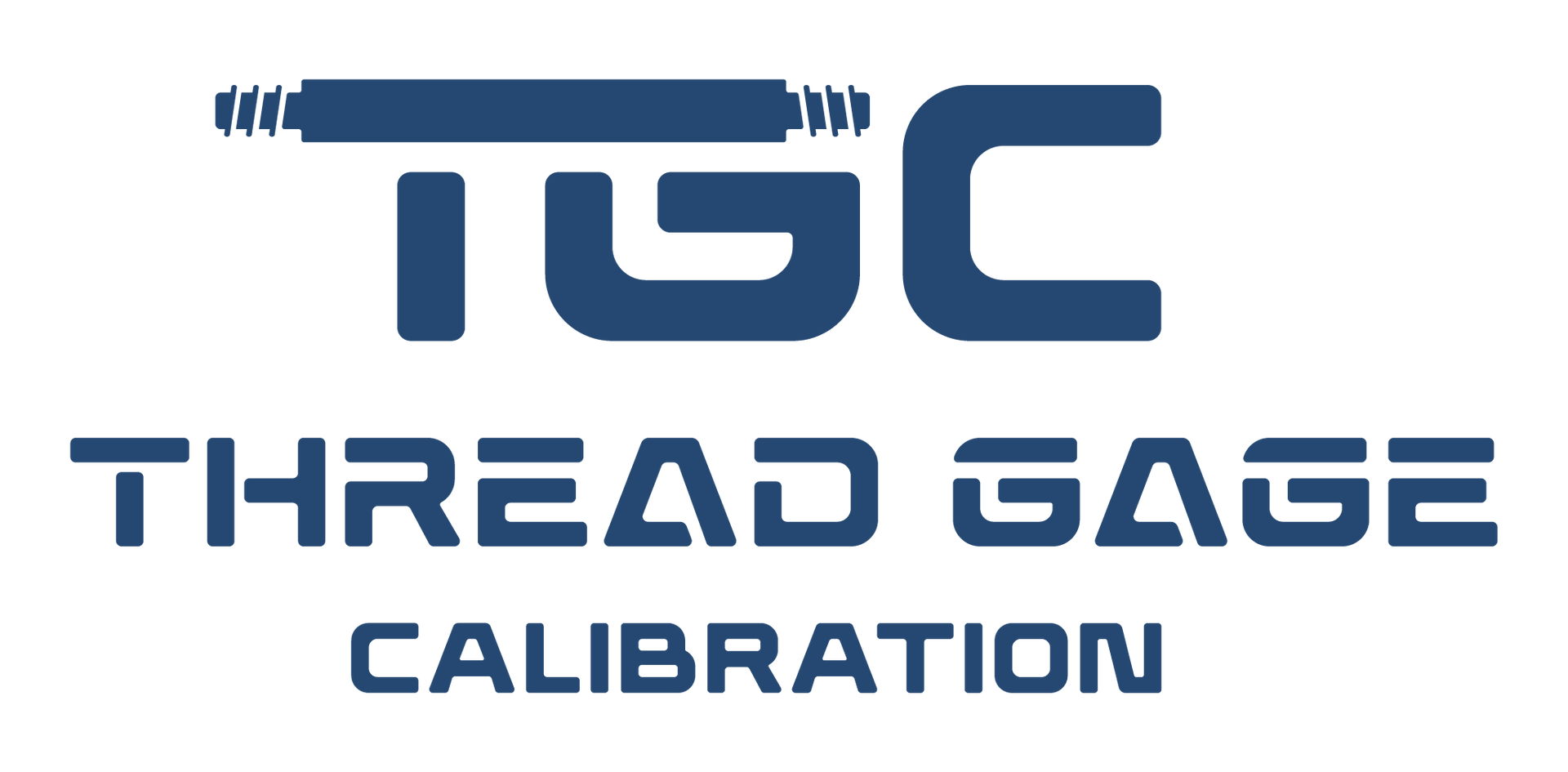
Technical Information
Why Measurement Uncertainty is Better Than a Simple "Reading"
Measurement Uncertainty – This term refers to a range around a measured value that best represents the true value. This accounts for the fact that an actual reading will not yield the true value of a measured feature.
A measurement without a statement of uncertainty is simply a "reading": even national standards laboratories such as the NPL, NRCC and NIST make use of measurement uncertainty over standard readings as these values will include all variables. Being aware of these variables and the range of numbers that the measurement encompasses provides certain benefits.
Benefits of Measurement Uncertainty
A reading will give the false impression that a measurement is accurate. Because no other variables are accounted for, critical applications that rely upon that measurement may have errors. Those experienced with working with measuring equipment are typically aware of this fact and often provide a guestimate of a reading to the best of their knowledge. But skill, experience and other factors often play a role in how accurate those guestimates might be. This is why knowing the actual uncertainty of a measurement is important.
Because a realistic uncertainty measurement can account for actual variables that may be encountered, possible solutions can be provided and procedures can be enacted to account for those variables. A realistic uncertainty also lends greater credibility to the measurement information being produced. International standards and procedures have been created that outline how to calculate a realistic measurement uncertainty utilizing a tool known as the "Uncertainty Budget."
The Uncertainty Budget
The uncertainty budget is not an actual physical tool, but rather a procedure in which all factors that might affect a measurement are considered and applied. While knowledge of metrology is a critical factor in determining a proper estimate, the mathematics can be handled by a pocket calculator.
Using a form is the best practice in preparing the uncertainty budget, so that a method is applied to the goal of reaching a final value. The use of a form also enables you to more efficiently review and assess all the elements of your work.
To create an uncertainty budget, you are required to consider all the elements of the measurement, and then process each one in order to arrive at a common dimensional effect in the form of a standard deviation. Running a statistical study for repeatability will help you to attain the standard deviation for each particular element. It should be noted that sometimes, a common element may in fact possess a different plus or minus distribution range due to specific conditions.
The best budget has proven values instead of estimates but this typically requires more time and capability resources. There are many resources that have published values of standard equipment in the calibration field.
Under ideal circumstances the measurement uncertainty would represent no more than 10 percent of the tolerance being measured. For some measurements this is not realistic, so for practical applications a measurement of 25 percent or less is sometimes considered acceptable. The customer should determine what level of uncertainty is acceptable to them.
In North America it is a common practice is to accept and pass gages that have measurement readings within the prescribed gage limits discounting the measurement uncertainty, however this may lead to failure of gages that may very well be within tolerance. In Europe it is a common practice to pass the gage if the measurement plus the measurement uncertainty combined is within the prescribed gage limits, however this may lead to acceptance of gages that may very well be out of tolerance.
Reference sources and publication can be found on the following websites and documents below:
- American Association For Laboratory Accreditation (A2LA) - www.a2la.org
- National Conference of Standards Laboratories International - www.ncsli.org
- ISO GUM - Guide to the Expression of Uncertainty in Measurement
- ISO/IEC 17025 - General requirements for the competence of testing and calibration laboratories
- ANSI/ASME B89.1.2M - Calibration of Gage Blocks by Contact Comparison Method
Need Your Thread Gages, Rings or Plugs Calibrated?
Address
Thread Gage Calibration
Osborn Products
1127 West Melinda Avenue
Phoenix, AZ 85027
Email Us
